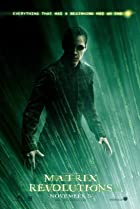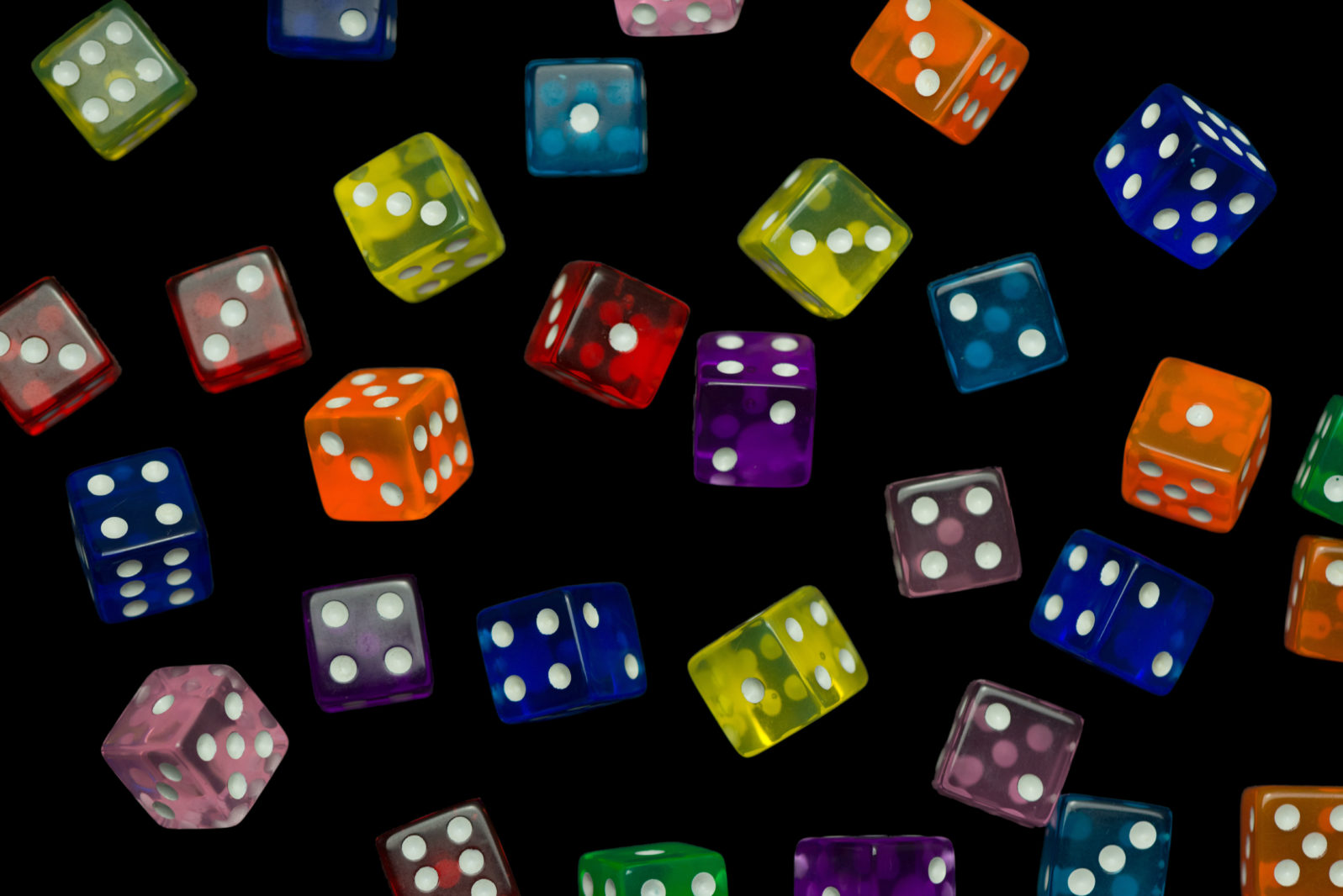The Matrix Revolutions Churns Into a Cosmic Drama
It turns out to be a conflict between chaos and probability with no apparent moral compassIn preparation for when The Matrix: Resurrections drops, December 22, I’ve been reviewing the Matrix trilogy (1999–2003) that provides a foundation (links below). Last time out, I offered a map of what happened in The Matrix: Revolutions, the third film in the trilogy. Now for the details from that film:
There is one important scene that must be mentioned before Neo is rescued from digital purgatory. While searching for Neo, Morpheus and Trinity visit the Oracle, and we get some much-needed exposition concerning her relationship to the Matrix.
The Oracle turns out to be — more or less — an avatar for chaos, or variables, and the Architect, is an avatar for order, or probability. So, the movie balances its conflict between nihilism and belief by appealing to dualism. The Oracle’s goal is freedom and peace, and the Architect’s goal is to maintain the status quo. This doesn’t mean that the Architect wants war necessarily, but he’s willing to do whatever is necessary, provided the order of the Matrix is maintained.

We also learn that the Architect didn’t know that the last human city, Zion, was going to be destroyed. He was basing his statement to Neo on probability. But the Oracle is willing to gamble on the human element to offset that probability. Now, how the Oracle could want something that is contrary to what the machines want is unclear but let’s not spend anymore time berating this trilogy for picking and choosing the machines’ sentience. That dead horse is pulp at this point.
So, once Neo is rescued, he visits the Oracle and leaves the Matrix. We have no idea how he left considering that he wasn’t plugged in to begin with. He must have just woken up. While the other characters are preparing for the final battle for Zion, Neo concludes that the only way to end matters is to go to the machine city and deal with the machines directly.
Remember, the prophecy isn’t real. So, at this point, the viewer is left with one of two conclusions. Either chaos reigns, and it’s a coin toss as to who is going to come out on top or there is a divine hand guiding matters outside of the Matrix. To the film’s credit, it takes the second stance. The theme of belief returns to the human characters in the real world, but the theme of dualism remains in the Matrix.
This gets confusing because there is no character who serves as a moral compass. Morpheus is wavering, and the new believer who starts out a cynic, Morpheus’ kind-of-girlfriend Niobe, is given her divine revelation by the Oracle who is once again predicting things outside the Matrix. But if the Oracle is just a computer program, then how is she… never mind.
The bottom line is the message of belief is muddled, and the question “believe in what?” is never addressed. The characters keep saying they believe in Neo. But why? The prophecy doesn’t exist, so why should they be;ieve in him?
Anyway, Neo and Trinity take another ship and approach the city. Along the way, they are assaulted by a machine army but Neo blows most of them up with his… mind magic… Matrix Wi-Fi? Regardless, he and Trinity still crash inside the city, and Trinity is killed. Neo goes on and confronts the head of the machines.
It turns out Agent_Smith from the earlier films has infected the entire Matrix, and Neo is the only one who can stop him, so he makes a deal with the machines. He’ll destroy Smith if the machines stop their assault on Zion.
Now, the way this happens is probably the most confusing part of this entire trilogy. Agent Smith and Neo have a giant final fight. While I’m as big a fan of a Dragon Ball Z spectacle as the next guy, the purpose of this fight is unclear. Did Neo really think he could defeat Agent Smith on his own but didn’t understand how until Agent Smith gives him some final statement which was somehow programed into Smith by the Oracle? Or hadNeo planned on sacrificing himself all along?
Either way, Neo lets Smith infect him, and once this happens, the machines shoot some kind of energy into Neo’s body. Then Agent Smith blows up. And that’s it. The other infected bodies return to normal within The Matrix, but Neo disappears. Presumably, he’s dead because his body is carried off by the machines.
So, in the end, the machines cease their attack on Zion and a treaty is introduced where those humans who wish to be freed from the Matrix are freed. The Oracle and the Architect have a nice talk, and the Oracle ends the movie by implying that she believes Neo will one day return.
Perhaps that’ll happen December 22. I’ll give my final thoughts on the trilogy in the next review.
Bringing you up to date with the Matrix series: Will The Matrix Resurrections (drops December 22) break the mold? The culturally influential trilogy (control by evil aliens) enjoys a fascinating beginning — but a thud! ending. Can we really escape a world of illusions simply by following our most basic influences? If wisdom can’t help, why should instinct be the answer? (Gary Varner)
The Matrix Reloaded (2003) just did not load properly. Although the second part of the Matrix trilogy offers interesting ideas and exciting action, the confusing plot obscures the concepts it should explore. Free will is hard to explore when, among AIs, Agent Smith can think freely, the Architect can’t grasp the idea, and the Oracle understands but doesn’t have it. (Gary Varner)
The Matrix Revolutions (2003) spins out of control. In Part I of this review of the third film in The Matrix trilogy — anticipating The Matrix: Resurrections (December 22) — we bring you up to date on the story. The plot continues to baffle: How did Neo end up in digital purgatory? How can machines fall in love and produce a child? Answers are awaited.
